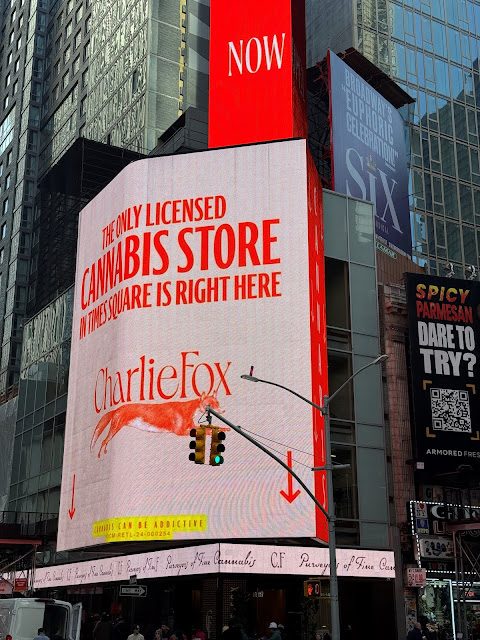Move over vapes: more ways to access nicotine without starting a fire: (I understand these are quite popular among our MBA students...)
The New Yorker has the story:
Zyn and the New Nicotine Gold Rush. White snus pouches were designed to help Swedish women quit cigarettes. They’ve become a staple for American dudes. By Carrie Battan March 10, 2025
"In November, 2024, Sweden was declared “smoke-free” because its adult smoking rate had dipped below five per cent. As smoking has declined, so have related illnesses, such as emphysema; Sweden has one of the lowest rates of lung cancer in the E.U. This shift is broadly described in academic papers as “the Swedish Experience.”
"And yet the Swedes have an immense appetite for nicotine, the addictive chemical found in tobacco. About a third of Swedish people consume nicotine, and they mostly get their fix from snus—small, gossamer pouches that look like dollhouse pillows, which users nestle in their gums. Snus pouches deliver nicotine to the bloodstream through sensitive oral membranes; Swedes refer to the resulting buzz as the nicokick.
...
"Scandinavians have a proud history of snus usage. During the mid-seventeenth century, ground-up sniffing tobacco became popular in the French royal court and made its way to Sweden. Later, working-class Swedes started adding liquid to the powder and placing it against their gums, as a claylike paste. The preportioned pouches that are common today were introduced in the nineteen-seventies, as more people turned to snus in order to stop smoking. In the early nineteen-nineties, when Sweden held a referendum on whether to join the E.U., which had a bloc-wide snus ban, voters adorned their cars with bumper stickers that read, “E.U.? Not without my snus.” Ultimately, Sweden was granted an exemption from the ban in exchange for stricter warning labels.
...
"Until recently, the word “snus” referred solely to a pungent product made of tobacco leaves. But, over the past decade, the earthy brown substance has been joined by white snus, a new product with a characteristically Swedish design elegance. White snus, which consists of pure nicotine mixed with filling agents, has little natural odor and does not stain the teeth the way that the traditional kind can. It was developed by Swedish scientists to appeal to women, a constituency that hadn’t historically taken to brown snus. The creators also had ambitions to eventually reach Americans.
...
"In 2019, after five years of selling in select shops, mostly in the Southwest and Pacific Northwest, Swedish Match took Zyn national. Three years later, sales of nicotine pouches had increased by six hundred and forty-one per cent, and Philip Morris acquired the company for sixteen billion dollars. By this point, Zyn was a mainstay for a growing variety of users: purple-state early adopters, hockey and baseball players, Wall Street guys, medical students, truck drivers, and anyone who could use a quick jolt.
...
"Nicotine can have cardiovascular effects, including heightened blood pressure, heart rate, and cholesterol. Some pouch users complain of mouth lesions from long-term use. Yet more figures in addiction research are acknowledging the importance of smokeless tobacco products in the fight against cigarettes. In a recent interview, Ann McNeill, a pioneering scholar of tobacco addiction, said she’d started to see the benefit of adopting a harm-reduction approach—getting people to trade one dangerous habit for another, significantly less dangerous one.
...
"Today’s nicotine entrepreneurs cite Juul as both an inspiration and a cautionary tale; the product’s appeal was so broad that teen-agers flocked to it. When the 2024 National Youth Tobacco Survey was published, Coogan and others in the industry were relieved: the rate of underage pouch usage had remained relatively low, at 1.8 per cent. Because of the Juul debacle, Zyn flavors in the U.S. are restricted to mint, coffee, cinnamon, and citrus varieties. "







